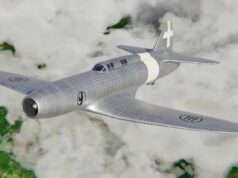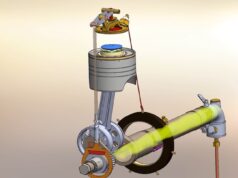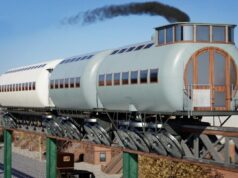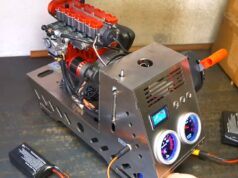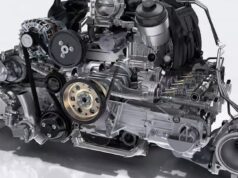Most internal combustion engines are fluid cooled using either air (a gaseous fluid) or a liquid coolant run through a heat exchanger (radiator) cooled by air. Engines are inefficient, so more heat energy enters the engine than comes out as mechanical power the difference is waste heat which must be removed. Internal combustion engines remove waste heat through cool intake air, hot exhaust gasses, and explicit engine cooling.
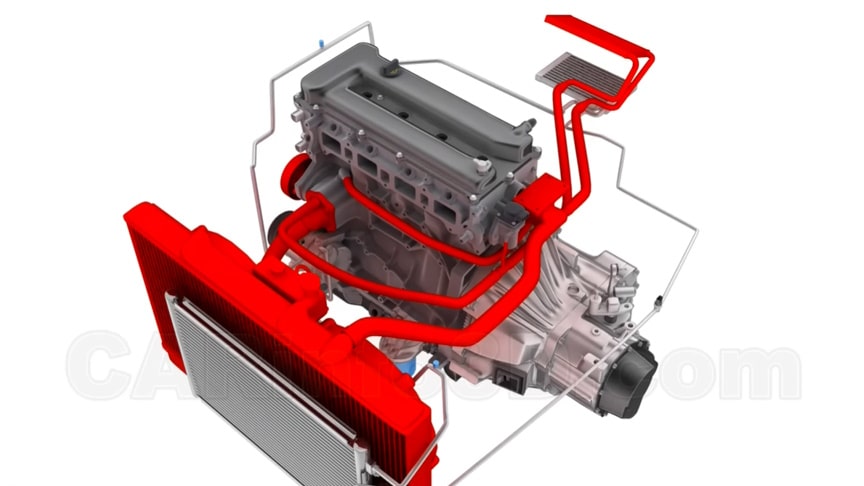
In the video, we learn about the general structure and operating principle of one of the subsystems of a car engine – the engine cooling system. The video briefly explains the cooling jacket, coolant pump (water pump), cooling radiator, expansion tank, thermostat, heater radiator (heater core), engine coolant temperature sensor (ECT sensor), and coolant – in a vechle.
System components include a radiator to dissipate heat, a fan or fans to ensure adequate airflow for radiator cooling, a thermostat valve that opens when the desired operating temperature is reached and a water pump (or coolant pump) to circulate coolant through the engine, hoses and other components.
Advertisement
Only the fixed parts of the engine, such as the block and head, are cooled directly by the main coolant system. Moving parts such as the pistons, and to a lesser extent the crankshaft and connecting rods, must rely on the lubrication oil as a coolant, or to a very limited amount of conduction into the block and thence the main coolant.

